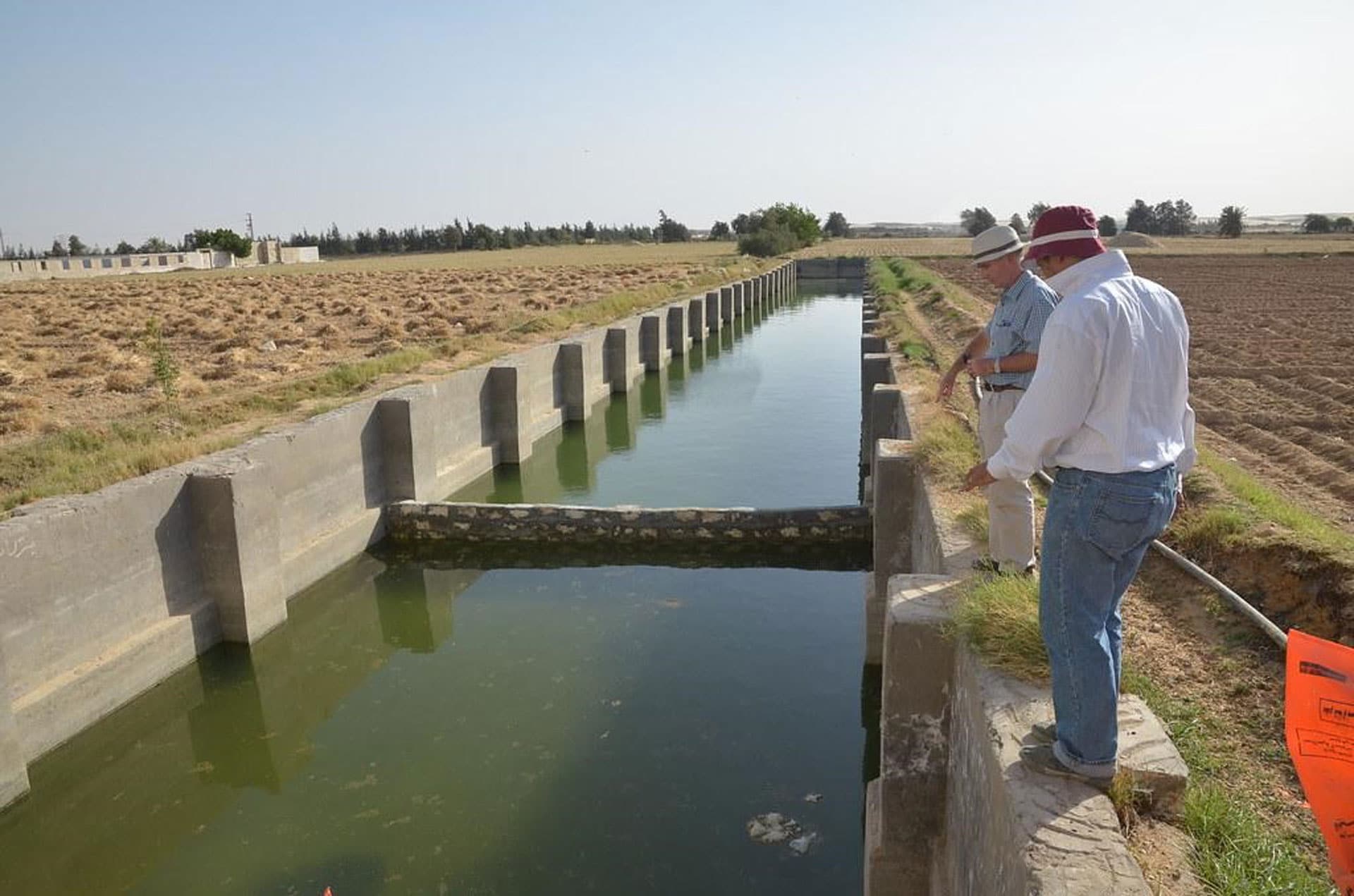Fish farming is growing globally, and smallholders stand to benefit greatly. But does climate change pose a serious threat to small-scale aquaculture? If so, how can smallholder fish farmers build resilience? A pair of Egyptian aquaculture experts recently attended an online forum to help hash out some ideas. Their insights give us something of a roadmap ahead, but leave plenty of questions unanswered.
Resilience through diversification
It’s a little-known fact that the volume of fish protein netted (literally) from the world’s wild-catch fisheries peaked in the 1990s at roughly 90 million tons per year. It hasn’t increased since, but global fish consumption has already doubled. The difference has been made up entirely by aquaculture, which by some estimates now provides more than half of all the fish protein we consume. China dominates global commercial aquaculture, but food security advocates are increasingly touting the huge potential of smallholder fish farming as a powerful vehicle for enhancing rural development and fighting malnutrition. The 2021 World Food Prize was awarded to an innovator and path-breaker in developing world small-scale fish farming (see our previous article: https://www.growfurther.org/a-focus-on-quality-the-2021-world-food-prize-winner-speaks-with-grow-further/).
In January, officials at the International Fund for Agricultural Development (IFAD) invited experts from WorldFish and CGIAR to share their views on how to design and promote sustainable and climate-resilient aquaculture. Richard Abila, a senior technical specialist at IFAD, said the online panel discussion he hosted was inspired in part by a devastating cyclone event in Mozambique a couple of years back that heavily damaged thousands of small-scale inland pond aquaculture projects. “For poor farmers in rural areas, this matters a lot”, Abila said, thus IFAD decided to launch an initiative for “advancing climate-smart aquaculture technologies” and was seeking input from others.
Professor Abdel-Fattah El-Sayed, a fish biology expert at Alexandria University, said diversification in fish farming is critical to building climate resilience. He said lessons can be learned from Egypt, where only 3.7% of the land is used for agriculture. Aquaculture is on the rise in that country despite the challenges of growing food in the desert, in part because Egyptian fish farmers diversify into other products. El-Sayed called this “integrated aquaculture” whereby farmers learn to grow fish alongside rice or vegetables—the fish waste fertilizes crops, while the crops help filter the water to keep it clean for the fish. He especially wanted to call attention to “an Egyptian innovation: growing fish in wheat fields.” As he explained it, fish ponds in parts of Egypt are emptied in winter and then sit used for nearly five months; rather than leave them be, farmers figured out how to use these unused fish ponds to grow wheat while waiting for the fish farming season to return. “The harvest is about eight metric tons per hectare,” El-Sayed said. “This I believe is only in Egypt.”
The “raceway”
“You can start with very simple pioneer pilot infrastructure.”
Dr. Ahmed Nasr-Allah, Egypt country director for WorldFish, said developing world aquaculturists should look to the “in-pond raceway” innovation initially developed at Auburn University in the United States. The Southern Regional Aquaculture Center in the U.S. defines in-pond raceway systems as “enclosed channel systems with relatively high rates of moving or flowing water.” In such systems, a rectangular device is affixed with an air-intake manifold and waste collection system. The entire box is then floated in a pond and filled with water. The device creates a constant flow of air and water as it floats and rocks up and down in the pond, while wastes are concentrated and collected at the tail end for easier removal. A feeder attached to the top slowly releases feed for the fish growing in the box, freeing up labor. Gravity does most of the work. One advantage to the in-pond raceway model is that fish can be stocked at higher densities, meaning greater production potential. It also simplifies waste management and fish health, leading to higher production and higher profits. “[There\’s] no need to flush water in and out of the pond as in traditional aquaculture,” Nasr-Allah explained.
Other speakers brought up aquaponics and integrated aquaculture, using brackish water to raise both brackish water fish species and salt-tolerant plants together. But both speakers acknowledged difficulties, particularly around electricity.
How can smallholder farmers power the pumps to operate an aquaponics system or even a conventional fish farm? The electricity concerns hold for the raceway design, as well. Though the in-pond raceway system is nominally designed to work without electricity, it works best in larger water bodies where there\’s sufficient wave action to encourage water and airflow. Where these conditions are lacking, some operators install “air-lift” pumps to help move water in and out of a raceway, and this requires power. What if a major storm knocks out the power? Wouldn\’t this leave farmers even more vulnerable to climate disruptions? The experts proposed solar power with battery backups, which would increase capital costs but eventually pay for themselves for farmers with access to financing.
Go small
The speakers also acknowledged that precisely emulating practices in Egypt may not work in other countries. Egyptian aquaculture has enjoyed substantial government support, which is helping it reach scale. But the overall lesson, said El-Sayed, is that there are innovative approaches to growing fish where water supplies are not guaranteed, or where climate change threatens to make future water supplies uncertain or scarce. And Grow Further is up for the challenge of helping small-scale or under-resourced farmers with innovations. To get started, fish farmers need not go big right away to successfully establish a climate-resilient operation. “You can start with very simple pioneer pilot infrastructure,” he said. “Then, when you grow up, you can add other units.”
— Grow Further
Photography credit: A tilapia farm in El Minya, Egypt. Jens Peter Tang and WorldFish.




